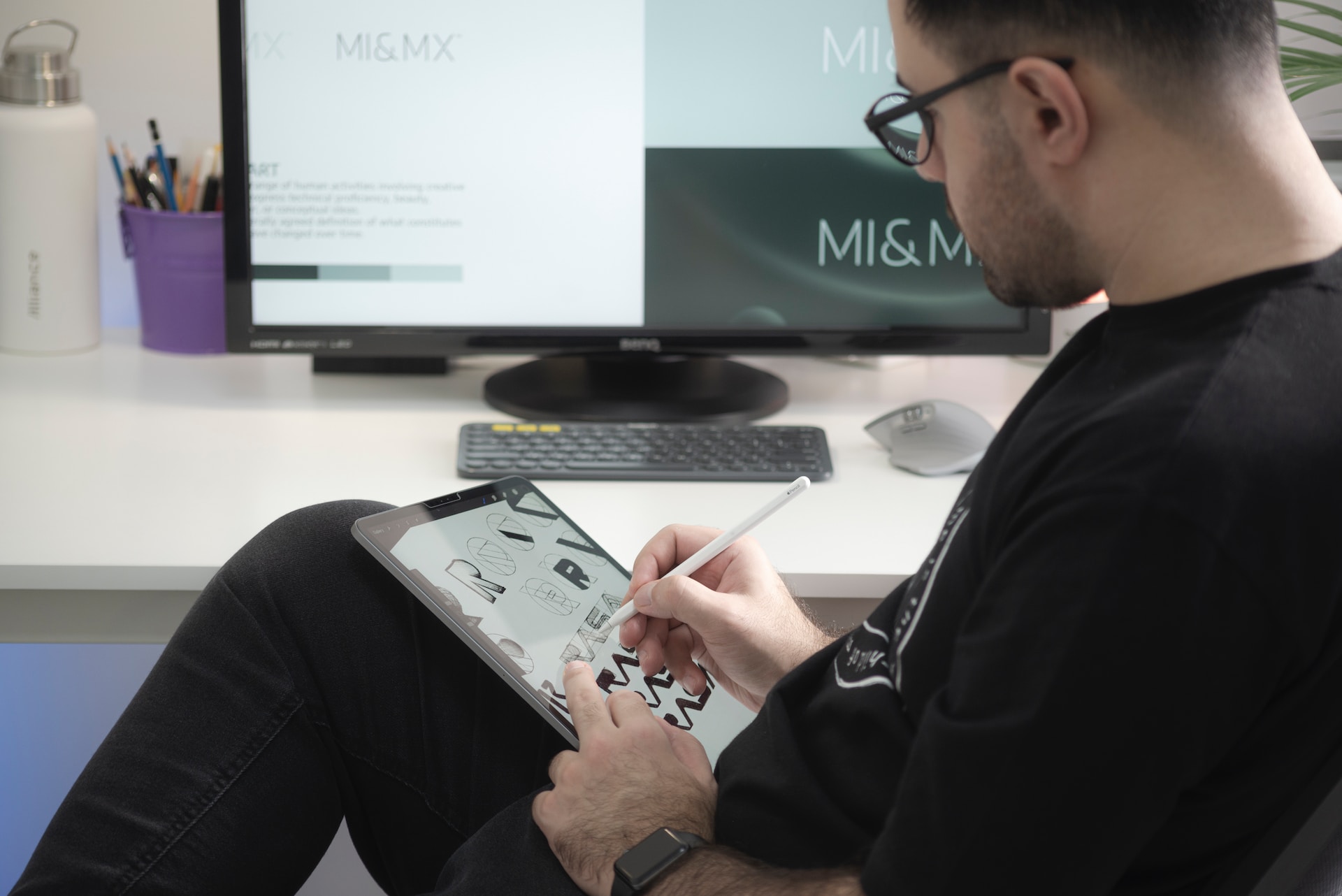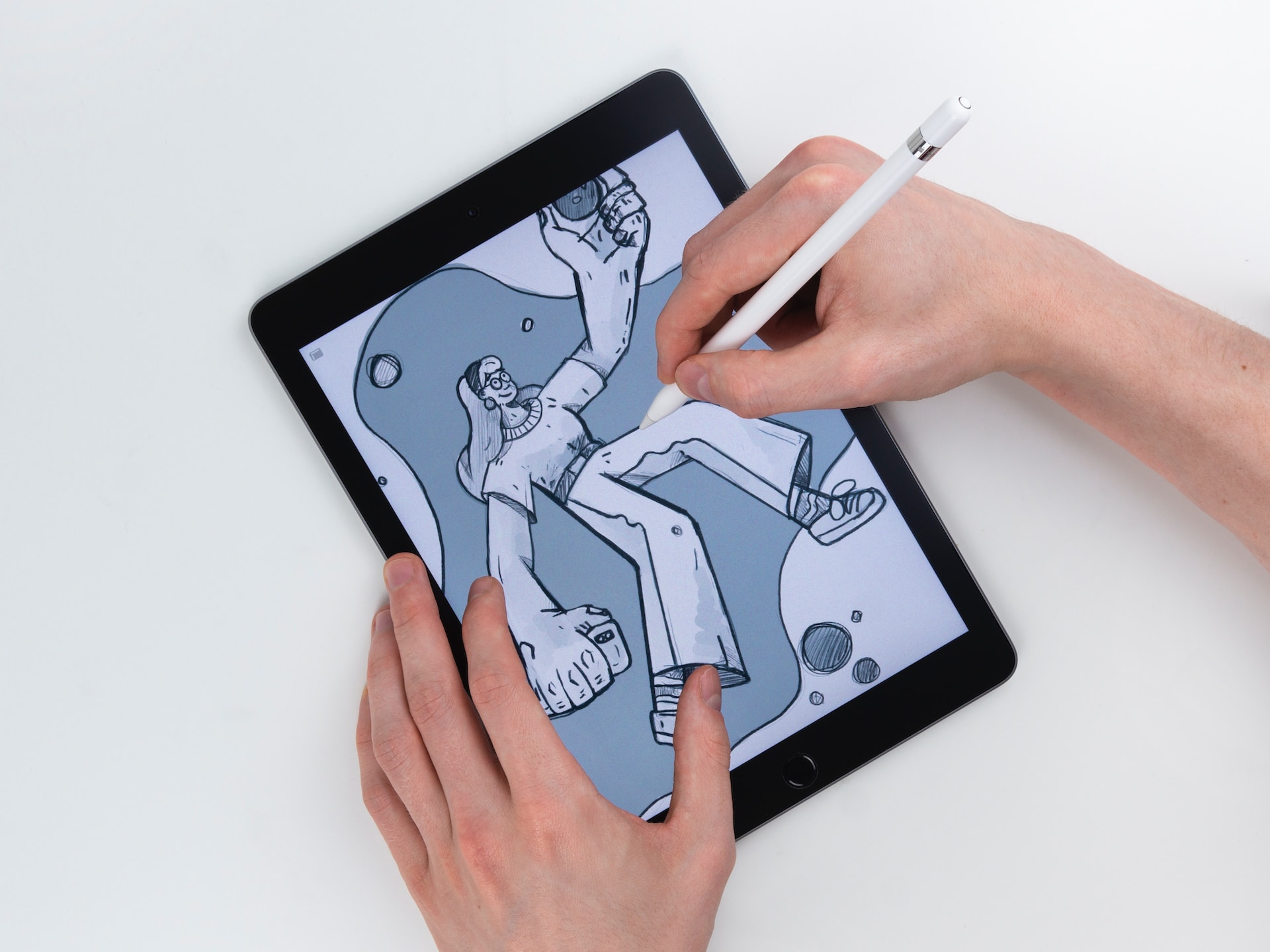Graphic design is everywhere. From logos and websites to posters and flyers, graphic design is the art of communicating visually through images, text, and shapes. Graphic design can be used for various purposes, such as marketing, branding, education, entertainment, and social change.
If you have a passion for graphic design or want to learn more about it, you might be interested in getting a graphic design course. A graphic design course is a structured program that teaches you the skills, knowledge, and techniques of graphic design. You can take a graphic design course online or offline, depending on your preference and availability.
But why should you consider getting a graphic design course? What are the benefits and drawbacks of taking one? How can it help you improve your skills, creativity, career, and industry knowledge? How can it help you master the software, tools, techniques, principles, and elements of graphic design? And how can you choose the best graphic design course for you?
In this article, we will answer these questions and more. We will explain what graphic design is, what graphic design courses are, how they can boost your skills and creativity, how they can advance your career and industry knowledge, how they can help you master software, tools, techniques, principles, and elements of graphic design, and how to choose the best graphic design course for you. We will also provide some useful links and resources to help you find the best graphic design courses online.
By the end of this article, you will have a better understanding of why you should consider getting a graphic design course and how to get started.
What is Graphic Design?
Graphic design is the process of creating visual content that communicates a message or idea to a specific audience. Graphic designers use various elements, such as images, text, shapes, colours, fonts, layouts, and styles, to create attractive and effective designs that convey meaning and emotion.
Print, digital, web, mobile, video, animation, and interactive media can all use graphic design in some capacity. Additionally, graphic design can be applied to a wide range of fields and businesses, including marketing, branding, entertainment, education, social change, and more.
It takes both aesthetic and technical talents to succeed in the innovative and dynamic industry of graphic design. Graphic designers must have a keen sense of composition and balance, a solid grasp of colour theory, be comfortable using a variety of software and tools, be knowledgeable about various graphic design principles and techniques, and be able to work under pressure with clients and deadlines.
Graphic design is also a rewarding and fulfilling career that allows you to express your creativity, showcase your talent, solve problems, make an impact, and earn money.
What are Graphic Design Courses?
Graphic design courses are structured programs that teach you the skills, knowledge, and techniques of graphic design. You can take a graphic design course online or offline, depending on your preference and availability.
Types of Graphic Design Courses
There are different types of graphic design courses available, depending on your level of experience, interest, and goal. Some of the common types of graphic design courses are:
- Introductory courses: These are courses that teach you the basics of graphic design, such as the history and evolution of graphic design, the fundamentals and concepts of graphic design, the different types and categories of graphic design, and the common software and tools used by graphic designers. These courses are suitable for beginners who want to learn more about graphic design or refresh their knowledge.
- Intermediate courses: These are courses that teach you more advanced skills and techniques of graphic design, such as how to create logos, branding, web design, user interface (UI), user experience (UX), illustration, animation, and more. These courses are suitable for intermediate learners who want to improve their skills or expand their portfolio.
- Specialised courses: These are courses that focus on specific aspects or applications of graphic design, such as typography, colour theory, layout, photography, video editing, social media marketing, and more. These courses are suitable for advanced learners who want to master a particular area or niche of graphic design.
- Certification courses: These are courses that provide you with a certificate or credential that validates your skills and knowledge of graphic design. These courses are suitable for professionals who want to enhance their resume or career prospects.
Benefits of Graphic Design Courses
There are many benefits of taking a graphic design course, such as:
- You can learn new skills and techniques: A graphic design course can teach you new skills and techniques that you can use to create better and more effective designs. You can learn how to use different software and tools, how to apply different principles and elements of graphic design, how to create different types of designs, and how to improve your creativity and problem-solving skills.
- You can improve your portfolio: A graphic design course can help you improve your portfolio by providing you with projects and assignments that you can showcase to potential clients or employers. You can also get feedback and guidance from instructors and peers who can help you improve your work and style.
- You can advance your career: A graphic design course can help you advance your career by giving you a competitive edge in the job market. You can demonstrate your skills and knowledge of graphic design, increase your credibility and reputation, and increase your chances of getting hired or promoted. You can also get a certificate or credential that can boost your resume and qualifications.
- You can expand your network: A graphic design course can help you expand your network by connecting you with other graphic designers who share your passion and interest. You can learn from their experiences and insights, exchange ideas and tips, collaborate on projects, and form friendships and partnerships.
- You can have fun and enjoy yourself: A graphic design course can be a fun and enjoyable experience that allows you to express your creativity, explore your interests, challenge yourself, and have fun. You can also discover new aspects and applications of graphic design that you might not have known before.
Drawbacks of Graphic Design Courses
There are also some drawbacks of taking a graphic design course, such as:
- You may need to invest time and money: A graphic design course may require you to invest time and money to complete it. Depending on the type, length, and quality of the course, you may need to pay a fee, buy materials or equipment, or spend hours or days studying and working on assignments. You may also need to balance your schedule and commitments with the course requirements.
- You may not get the results you expect: A graphic design course may not guarantee that you will get the results you expect or want. Depending on the course content, instructor, curriculum, and delivery method, you may not learn everything you need or want to know about graphic design. You may also not get the feedback, support, or recognition you deserve or desire.
- You may face competition and pressure: A graphic design course may expose you to competition and pressure from other graphic designers who may have more skills, experience, or talent than you. You may feel intimidated, discouraged, or stressed by their work or performance. You may also feel pressured to meet deadlines, expectations, or standards that may be too high or unrealistic for you.
How Graphic Design Courses Can Boost Your Skills and Creativity
One of the main reasons why you should consider getting a graphic design course is that it can boost your skills and creativity as a graphic designer. Here are some ways how:
Learn from Experts
A graphic design course can help you learn from experts who have years of experience and expertise in the field of graphic design. You can benefit from their knowledge and wisdom, their tips and tricks, their best practices and examples, and their feedback and advice. You can also ask them questions and doubts, seek their guidance and mentorship, and follow their recommendations and suggestions.
Gain Practical Experience
A graphic design course can help you gain practical experience by giving you opportunities to apply what you learn to real-world projects and scenarios. You can work on assignments and tasks that challenge you to use your skills and creativity to create designs that meet the needs and expectations of clients or audiences. You can also experiment with different styles and techniques, try out different software and tools, and test your designs for usability and effectiveness.
Build Your Portfolio
A graphic design course can help you build your portfolio by providing you with work samples and evidence that showcase your skills and creativity as a graphic designer. You can use your portfolio to impress potential clients or employers, to demonstrate your abilities and achievements, to express your personality and style, and to highlight your strengths and specialties.
How Graphic Design Courses Can Advance Your Career and Industry Knowledge
Another reason why you should consider getting a graphic design course is that it can advance your career and industry knowledge as a graphic designer. Here are some ways how:









